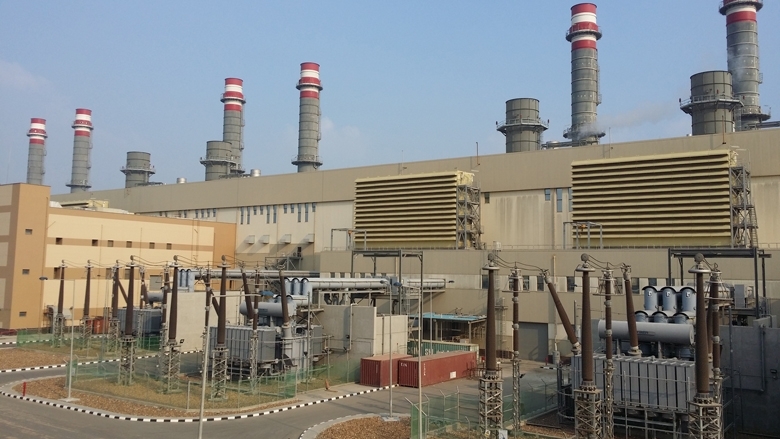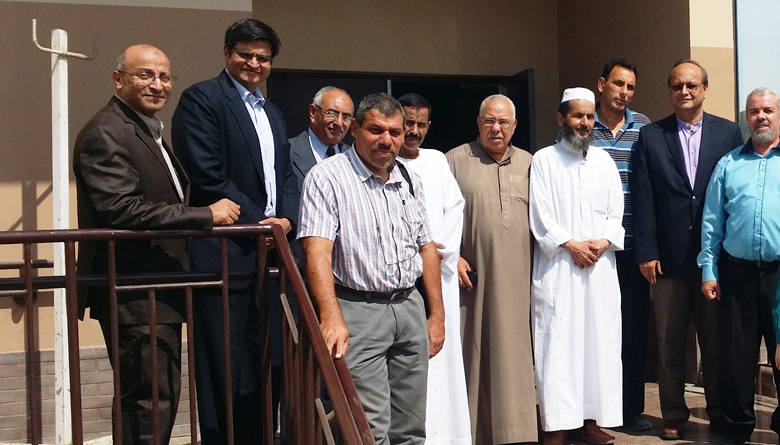The World Bank has been supporting Egypt to meet its growing demand for electricity and expand its capacity for generating it. A reliable and sustainable power supply is critical for the country’s economic growth, as well as for job creation, social services and public safety.
Egypt’s investments have not kept up with its rapidly growing demand of 6% a year. Population growth, the development of energy-intensive industries, and the increased use of electrical household appliances—particularly air conditioning—have all contributed.
Factories, small enterprises, and consumers are all benefiting from the new, more reliable electricity supply. “All the workshops in the entire neighborhood need a good supply of electricity, or else we will close our doors and let our workers go home,” said Mohsen, the owner of a carpentry workshop in Old Cairo’s Gamaleya neighborhood, which is famous for carpentry.
“Like many Egyptian houses, we cannot live without electricity,” said Samiha, the mother of four children. “Last year’s school exams took place in summer. Thankfully, we had electricity and my children were able to study. No electricity, no educated kids.”
Over the past few years, the World Bank Group has been supporting the Government of Egypt in addressing key challenges, such as the shortage of electrical power. In doing so, the Group became an important development partner in Egypt’s energy sector through project financing for conventional and renewable generation of energy, and through scaling up the development of wind and solar power plants.
The Bank-financed Giza North Power Plant, which was recently connected to the national grid, is an example of Bank’s support to create reliable, efficient, and sustainable sources of power. It has total capacity of 2,250 MW, which is enough to serve more than five million households. The project increases Egypt’s available power capacity by 8%, so it will also improve the overall security and efficiency of the country’s electricity supply, thanks to the gas-fired, combined-cycle gas turbine (CCGT) that will use the most efficient technology to generate thermal power.
The plant adopted detailed measures in environmental management with the introduction of an air quality monitoring system equipped with meteorological monitoring. Results from this monitoring are recorded and reviewed to ensure compliance with Egyptian environmental law.


